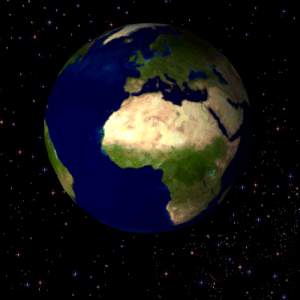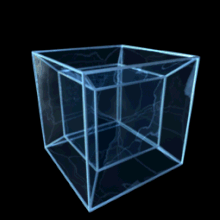Creative Human Character Animation: The Incredibles vs. The Polar Express
The approach to facial animation in The Incredibles followed the Pixar tradition of allowing animators direct control of all parts of the face. Facial animation was done with a multitude of deformers tied to macro-controllers, and without using blend shapes. Compared to the facial animation tools used in Finding Nemo these had more and better features, nothing groundbreaking but many incremental advances, for example: a greater number of controls to allow for squash-and-stretch, a new eyebrow package with spline-based controls, and the ability to do wild cartoony distortions of the face including the eyeballs – something that Pixar animators traditionally did not distort. The implementation of referencing across models was another animation tool in The Incredibles that broke with past practice. This standardization of a basic common rig structure for all characters made it easier for animators and TDs to share poses and facial expressions between characters. Some characters, however, had multiple rigs. The standard rigs were limited to "normal" squash-and-stretch articulation, but a few special-case rigs were developed for complex distortions. For example, Helen (Elastigirl) in her stretchy suit, or the transformation of baby Jack Jack into a monster. There were also at least two versions of the rig for Bob the Dad: one for the fit superhero version, and another one for his fat version with a gut and shorter legs. Switches inside all models were used to preserve old behaviors by linking different rig versions for each character. A lot of the character articulation work in The Incredibles was done by new employees at Pixar, and the passion for their work and talent are a testament to what the computer animation industry is all about. Performance Capture and Emotion Unable to use keyframing as the primary animation technique, motion capture remained the obvious choice for animating the somewhat realistic-looking human characters of The Polar Express. Fortunately, the teams understood what we have learned after years of capturing motion: that there is big a difference between plain motion capture and performance capture. While motion capture seeks to record a cold sequence of moves (ideal for a fast-paced computer game fight or sports competition) performance capture seeks to record the emotion and the intention contained in the way an actor moves and pauses.
From the animation point of view, the initial intent in Robert Zemeckis' The Polar Express was to create computer-generated human characters that were not keyframe-animated cartoons. The scope and the scale of the technology assembled and developed at Sony Imageworks (called ImageMotion) to make this task possible is impressive. The Polar Express' production teams used motion capture technology in an innovative way and developed a unique production pipeline.



 The Incredibles and The Polar Express are two recent animated features that achieve remarkable creative results using different styles of
The Incredibles and The Polar Express are two recent animated features that achieve remarkable creative results using different styles of














